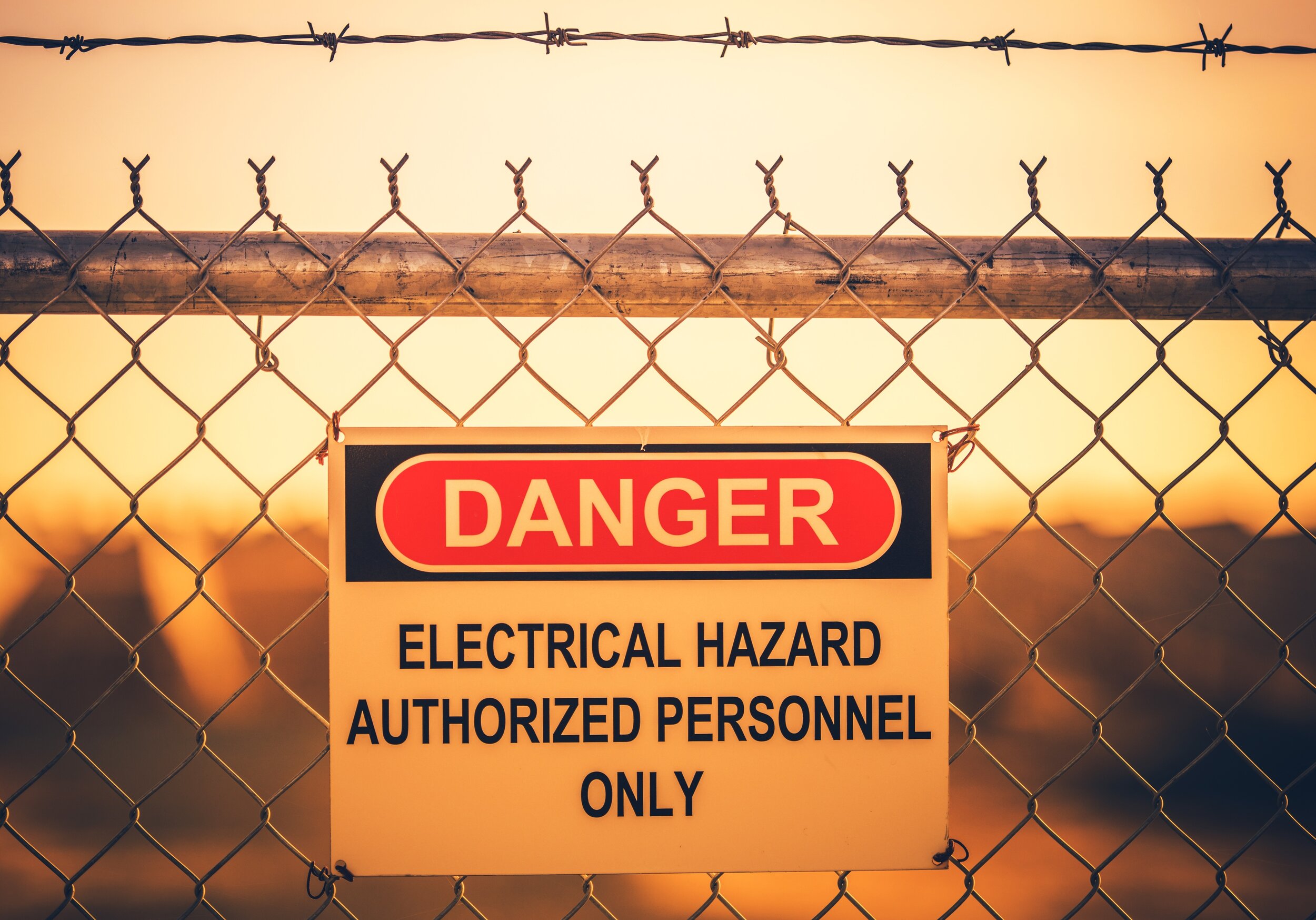How Much Power or Electricity Do I Need?
This week I want to discuss matching electrical power requirements to existing available real estate. Going back to last week's post, electrical power can be one of the elements critical to the success of certain operations. Therefore, verifying the power requirements of an operation will be met by real estate options is important. The following are some key points that can help:
Understand the electrical demand of the proposed operation. This usually involves a qualified employee or outside electrical expert to study the anticipated electrical load of the operation and translate it into the amount of electrical supply required. While existing operations and machinery can provide rough guidelines, when buying new machinery realize that they often have less power requirements than older machinery.
Use real estate marketing materials to help identify electrical capacity, but not supply. The electrical capacity in the building, not the supply, is usually what is provided on real estate marketing materials. More accurately, real estate marketing materials will typically show the capacity of the main switchgear panel, which should also be verified independently.
Understand the difference between 480 and smaller volt main panels. Older electrical panels, such as 208 or 240 volt panels, have less power (watts) than 480 volt electrical panels. Multiplying the ratio of voltage for each panel by the amps delivered will provide an equivalent amperage (i.e. 240/480 x 1000 = 500 amps).
Ask what the prior use was in a building to indicate the likelihood of a supply upgrade being required. I recently came across a building with a 2,000 amp 480/277 volt main panel being occupied by an auto parts distribution company with no manufacturing. Despite the significant capacity of its main panel, the building only had 90 amps of 480/277 volt being supplied to the building. Point is, the odds of a supply upgrade being required are much higher when the current occupant has a low electrical demand and vice versa.
Engage the power company or an expert consultant to identify the power supplied to the buildings of interest. Power companies often employ economic or business development professionals to help determine which buildings have the required supply and, if not, what would be required to upgrade. They usually have an economic interest in helping users with heavier power requirements locate in their service areas.
Budget for delays and potential costs due to supply upgrades. Industrial markets in North America have a limited number of available properties, and even fewer with heavy power supply. Work with experts to understand the typical timeframe and cost of a supply upgrade and plan accordingly.
Consider the electrical distribution when planning your plant layout. Consider placing the machines, cold storage, or other equipment with the largest power requirements closer to the main power supply. This will save money on larger wiring and reduce the amount of electrical resistance in the electrical system overall.
Just Hit Go below to talk about how we can help your company make sure a new location has the power it needs!
